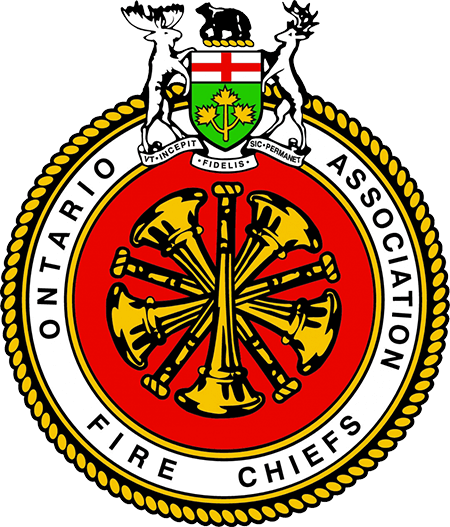As the debate rages over whether Windsor police should carry naxolone, local firefighters have been pushing for more than a year for permission to carry the life-saving antidote for opioid overdoses.
The firefighter’s union accelerated its lobbying efforts last year after the city was shocked by four deadly overdoses in a 24-hour period.
Firefighters, who respond to medical emergencies, arrived to some of those calls ahead of paramedics and didn’t have the antidote.
“Because we get sent to these emergencies, it does surprise me that they don’t want to train us or give us the equipment to actually perform our job,” said Keith Traquair, president of the Windsor Professional Firefighters Association.
After the provincial government announced in 2017 it would distribute naloxone for free to first responder agencies, management with Windsor Fire and Rescue Services still chose not equip personnel with the kits.
Fire Chief Stephen Laforet did not respond to requests for comment on Tuesday.
The firefighter union’s push to carry naloxone is similar to the situation at Windsor police headquarters. Windsor is the last remaining major city in Ontario where the police chief doesn’t allow officers to carry naloxone.
The Windsor Police Association, the union representing officers, wants its members equipped with the life-saving medication.
But retired police Chief Al Frederick was opposed to it. His successor Pam Mizuno, who has repeatedly refused to comment on the issue, has continued with that direction.
Firefighters in many Ontario cities are also already equipped with naloxone, including Ottawa, Cambridge, Hamilton and London.
“I talked to the (Ontario Professional Firefighters Association) and they can’t believe we don’t have it either,” said Traquair.
Firefighters in London have carried it since May 1.
“Our firefighters provide a tiered response with EMS and police, and firefighters will sometimes arrive on scene prior to EMS,” said Deputy Chief Al Hunt with the London Fire Department. “There are some times when EMS is delayed and it’s just great for our firefighters to have a tool to be able to assist.”
Hunt said the fire department gets the naloxone kits for free from the health unit. The only cost was a four-hour training session that also covered CPR and resuscitation.
London firefighters have used naloxone three times. Each time, said Hunt, the overdose victim was revived. The limited use is more a reflection of paramedic response times than the need for the kits, said Hunt.
“Paramedics are getting to these calls usually ahead of us or at the same time as us,” he said. “We don’t’ have that issue. But you look at agencies further east of here, like in the GTA, they’re using it a lot more because EMS is taking a lot longer to get to the calls.”
The Windsor-Essex Health Unit said Tuesday that any police or fire department in the province can access naloxone for free with the Ontario Naloxone Program. The kits are distributed through local health units.
Traquair said the cost would be minimal anyway, because the union is not looking for every firefighter to get a personal kit. He said the wish is to have naloxone placed on each of the department’s 13 vehicles.
“There’s a cost to everything,” he said. “But I think the benefit outweighs the cost. We want to be able to do our job better and be more prepared when we go to a scene.”
The extent of the opioid crisis became clear in Nov. 2018 when overdoses killed four people — all men ranging in age from their early-20s to mid-50s — over a 24-hour period. A fifth person was hospitalized with an overdose the same day but recovered. None of the cases were connected.
Since then, the crisis has continued to worsen. The Windsor-Essex County Health Unit issued four alerts in the last month for high overdose rates flagged in local emergency departments.
Link to original article on windsorstar.com: Windsor firefighters want to carry naloxone
